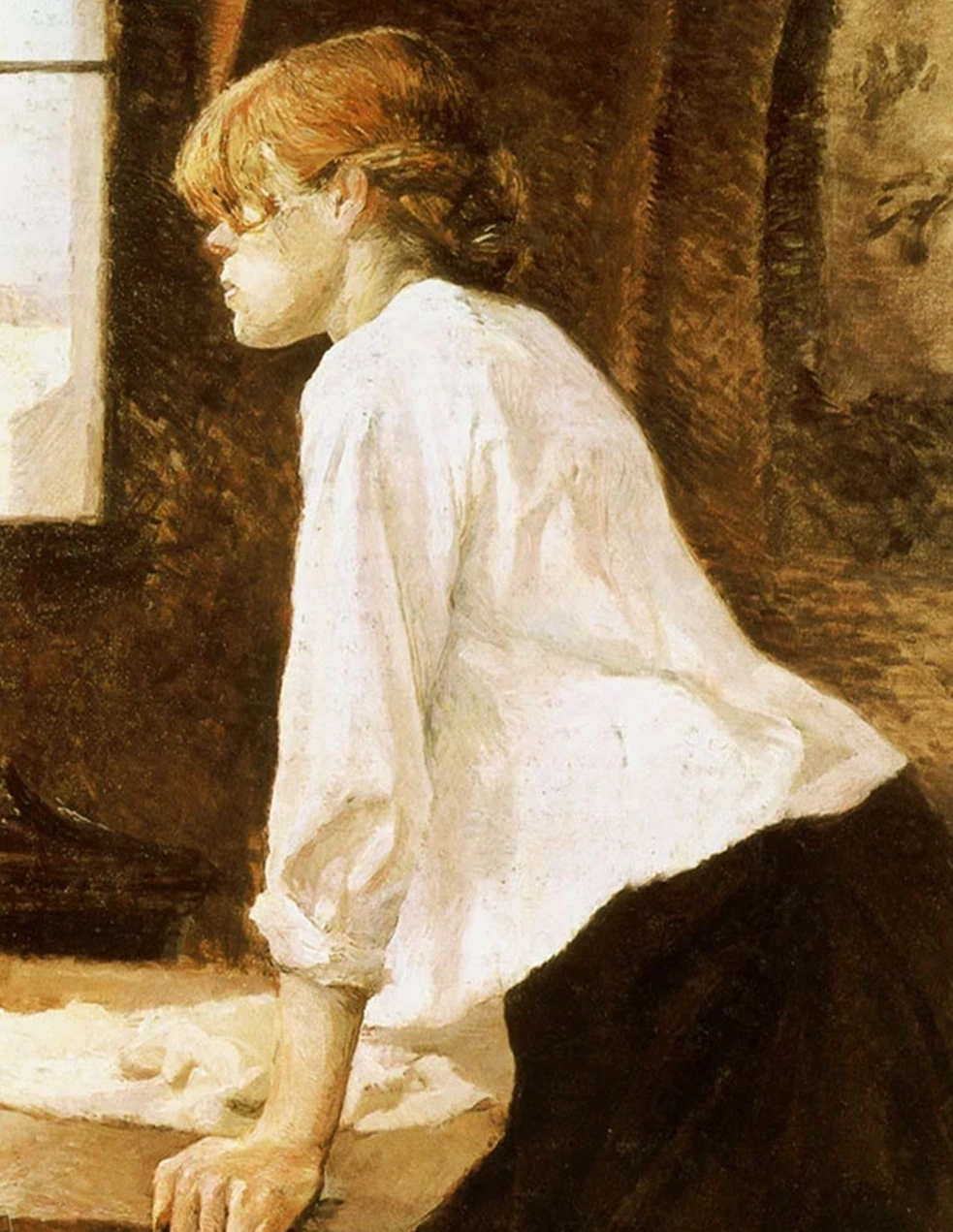Toulouse-Lautrec art authentication
What will a Certificate of Authenticity do for me?
A Certificate of Authenticity (COA) is used for any of the following purposes:
- Auctions or private sales
- Estate valuation/planning for future generations
- Divorce settlement claims
- Tax deductible donations
- Insurance purposes
Many state laws actually require art dealers to have a COA in order to buy or sell any work of art. In respect to this, serious art dealers who are able to offer the highest sale prices will not buy any work that is not accompanied by a COA. A less serious collector may purchase your art, but you will not receive an equivalent sale price without details of the work’s provenance and a COA.

What will happen when I contact you?
Our art experts will examine your work thoroughly, beginning with historical research to determine the provenance of your work of art. The examinations will also include stylistic analysis of elements such as the quality of line, shape, spatial organization and content, compared against known works by Toulouse-Lautrec. When necessary, we will contact any institutions for consultation and resources. As needed, Toulouse-Lautrec Experts can rely upon scientific examination such as pigment analysis, x-ray photography, spectral photography, and signature analysis. If your work is found to be authentic, you will be given a detailed report of our findings, and a certificate of authenticity.
Is it possible that I actually have a real Toulouse-Lautrec?
Although Lautrec never identified with a particular school during his lifetime, he is today thought of as a Post-Impressionist, as is Vincent Van Gogh, a friend of Lautrec’s from their time together studying under Fernand Cormon.
As with many artists of the late 19th century, such as Edgar Degas, there is clearly some inspiration drawn from Japanese woodblock prints: in much of Lautrec’s work, the ground lines slant sharply away from the viewer and there is a strong dark outline around the shapes. The “japonisme” evident in Lautrec’s work was well-suited to the engraved illustrations and color posters he created in addition to his paintings and drawings. These posters were reproduced as lithograph prints to advertise performers such as the cancan dancers Jane Avril and La Goulue.
In addition to some 350 such prints and lithographs, Lautrec produced an enormous overall body of work: in his catalogue raisonné there are at least 730 paintings, 275 watercolors, and nearly 5,000 drawings. Though he died at age 37 of complications associated with his alcohol consumption and decadent lifestyle, Henri de Toulouse-Lautrec left a lasting mark on the history of art. His work is a snapshot in time of what life was like in the Paris demimonde of the late 19th century. With so many works of art created in such a short time period, it is possible that you may own a work of art by Henri de Toulouse-Lautrec, possibly worth millions.
What if it’s not a genuine Toulouse-Lautrec?
No matter what the findings of our Toulouse-Lautrec experts, you will receive a detailed document explaining our findings and conclusions.